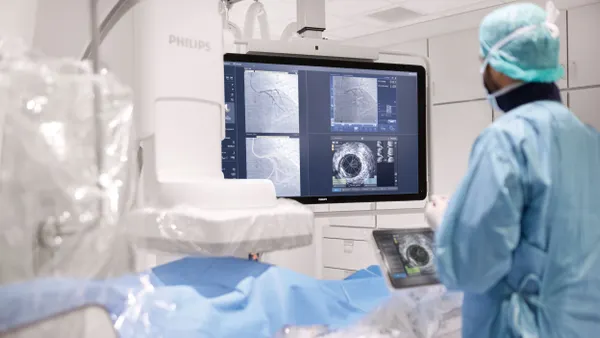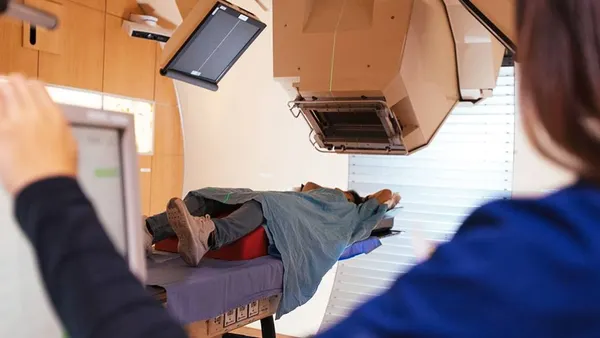Dive Brief:
- An examination of data from more than 942,000 patients by Department of Veterans Affairs researchers found that elevated plasma glucose levels recorded during random tests accurately predicted the development of Type 2 diabetes within five years. The findings were published Friday in the journal PLOS One.
- Plasma glucose tests are frequently included in patients' routine lab work during outpatient medical appointments, but the results have not been thought to be useful because many patients don't fast before having their blood drawn.
- Obtaining data "opportunistically" during regular doctor visits unrelated specifically to diabetes screening is a convenient and low-cost way to identify patients at higher risk for diabetes and prompt focused follow-up diagnostic testing, the researchers said.
Dive Insight:
With more than 100 million U.S. adults, or about one in three people, living with diabetes or prediabetes, the medical community is scrambling to address the growing public health problem. Yet nearly one in four adults with diabetes is unaware of having the disease, according to the Centers for Disease Control and Prevention.
A group of researchers at the VA think random plasma glucose tests offer one strategy that could lead to earlier detection and treatment. The test can be done at any time and does not require fasting.
The study showed that glucose readings normally not associated with risk of the disease can actually predict its development over the next five years. A random plasma glucose of 200 milligrams per deciliter or higher is the typical threshold for a diagnosis of diabetes.
The patients in the study had at least three random plasma glucose tests during a single year. Those with at least two measurements of 115 mg/dL or higher were highly likely to be diagnosed with diabetes within a few years, the study found.
Glucose levels of 130 mg/dL or higher were more strongly predictive of diabetes. In total, about 10% of the study population developed diabetes over the five-year follow-up period. Diabetes development was infrequent in patients whose random plasma glucose levels were below 110 mg/dL.
The VA researchers recommend that patients receive follow-up diagnostic testing, such as a fasting glucose or A1c test, if two random glucose tests show levels of 115 mg/dL or higher. The random plasma glucose testing approach would be cost-effective because clinicians can use data that is already being collected during routine outpatient visits, the study authors said.
Scientists from the Atlanta, Boston and Eastern Colorado VA health systems were involved in the study. Members of the team also were affiliated with Emory University, the University of Colorado, Brigham and Women's Hospital, Harvard Medical School and Boston University. The research was funded by VA Clinical Science Research and Development.








